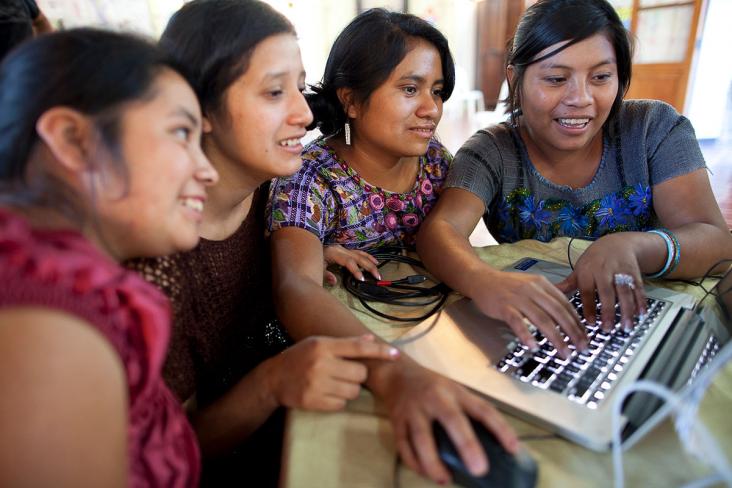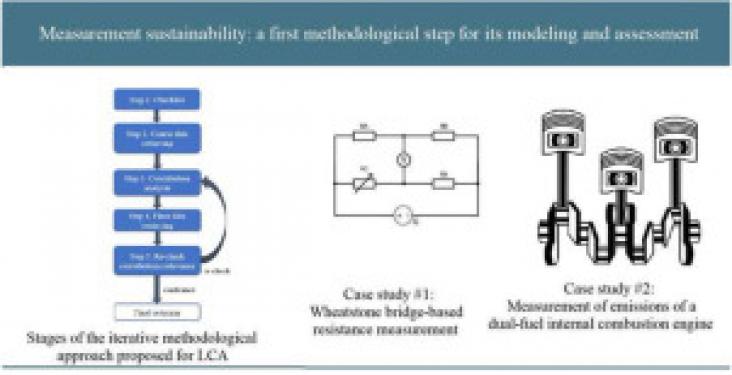This study supports SDG's 9 and 13 through its discussion of the effects of optimizing Municipal Solid Waste management systems by increasing waste collection coverage and implementing diverse streams of waste valorization, causing a decrease of atmospheric pollution.
Studies on the distribution of microplastics in aquatic environments are summarized and environmental and anthropogenic factors affecting microplastic toxicity are reviewed
This paper sought to explore similarities, variations and determinants of sustainable plastics consumption behavior within a sample of approximately 7600 respondents from eight European countries. We find that most consumers engage in sustainable plastics behavior during the usage phase, by reusing plastic containers and refilling water bottles. The regression analysis suggests that personal responsibility, having high values for nature, being a member of a nature organization and feeling knowledgeable about plastic pollution are important predictors of sustainable plastics consumption.

Celebrated annually on 8 March, International Women's Day is a global day to recognize the social, economic, cultural, and political achievements of women. The theme for this International Women’s
Elsevier,
Measurement: Journal of the International Measurement Confederation, Volume 209, 15 March 2023

The research aims to assess the environmental sustainability of measurements, and the investigation is conducted through two case studies within the information and communication technology sector. The authors put forward recommendations for increasing a measurement's environmental sustainability.

In this special International Women's Day episode of the “World We Want” podcast series, Kume Chibsa, inspirational thought leader and CEO & Co-Founder of Afrovalley, talks to Márcia Balisciano about the agro supply chain challenges that farmers, particularly women, face in Africa and how Afrovalley uses the latest in blockchain technology to help solve them, as well as the difference between equity and equality, the importance of mental health, and many more valuable leadership insights.
This article supports SDG 13 and 9 by providing exploring the estimation of the role of the studied species as sinks of atmospheric carbon.
This paper show the mathematical and theoretical background of the machine learning algorithm used in this work, the LSTM. The data used are described and the methodology of framework is presented. It shows the predictions results based on LSTM and comparisons with ERA5 and buoy observations.
This Study explores the racial disparities that exist in the emergency departments of 4 hospitals, when they are most prevalent, and how patients' sociodemographic characteristics impact image acquisition time, raising awareness for SDGs 3, 9 and 10.

The Internet of Things (IoT) has revolutionized the traditional healthcare systems into intelligent system by allowing remote access and continuous monitoring of patient data. Specifically, first a novel scalable blockchain architecture is proposed to ensure data integrity and secure data transmission by leveraging Zero Knowledge Proof (ZKP) mechanism. Then, BDSDT integrates with the off-chain storage InterPlanetary File System (IPFS) to address difficulties with data storage costs and with an Ethereum smart contract to address data security issues.
